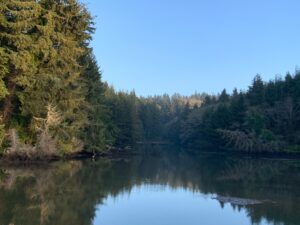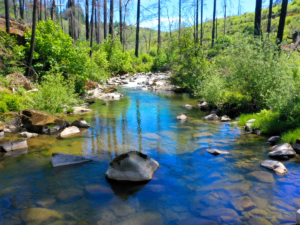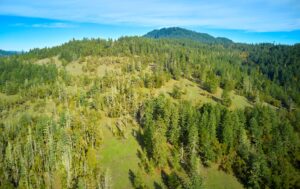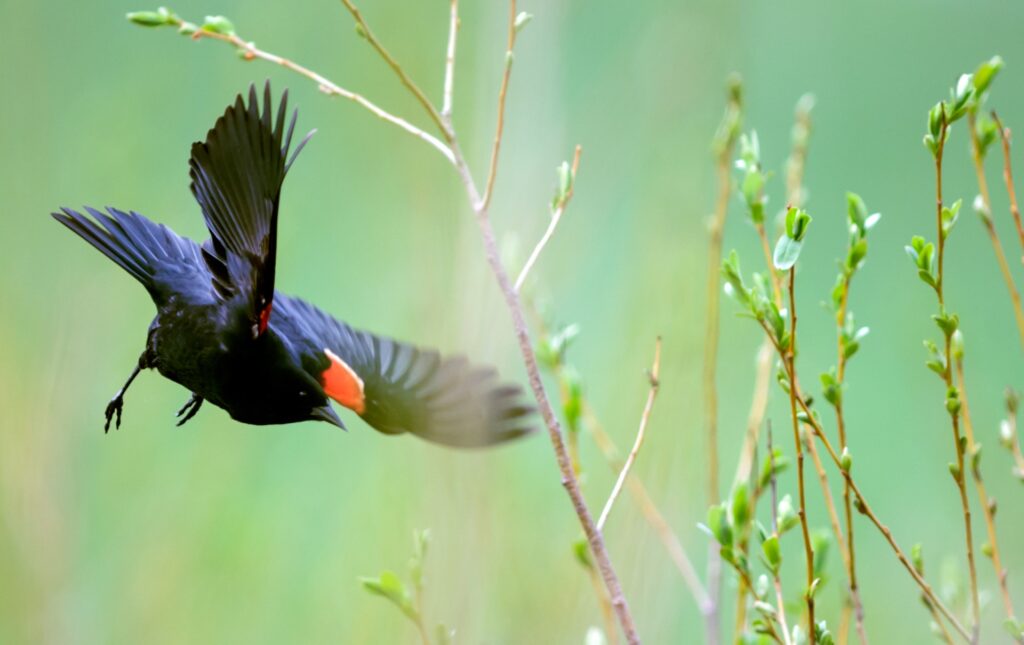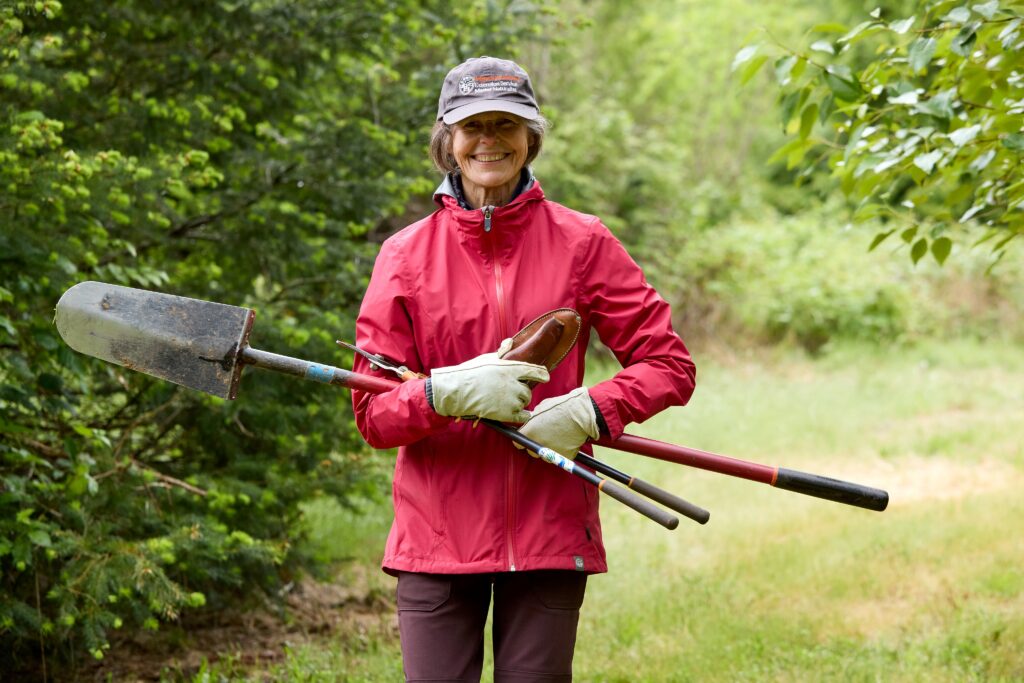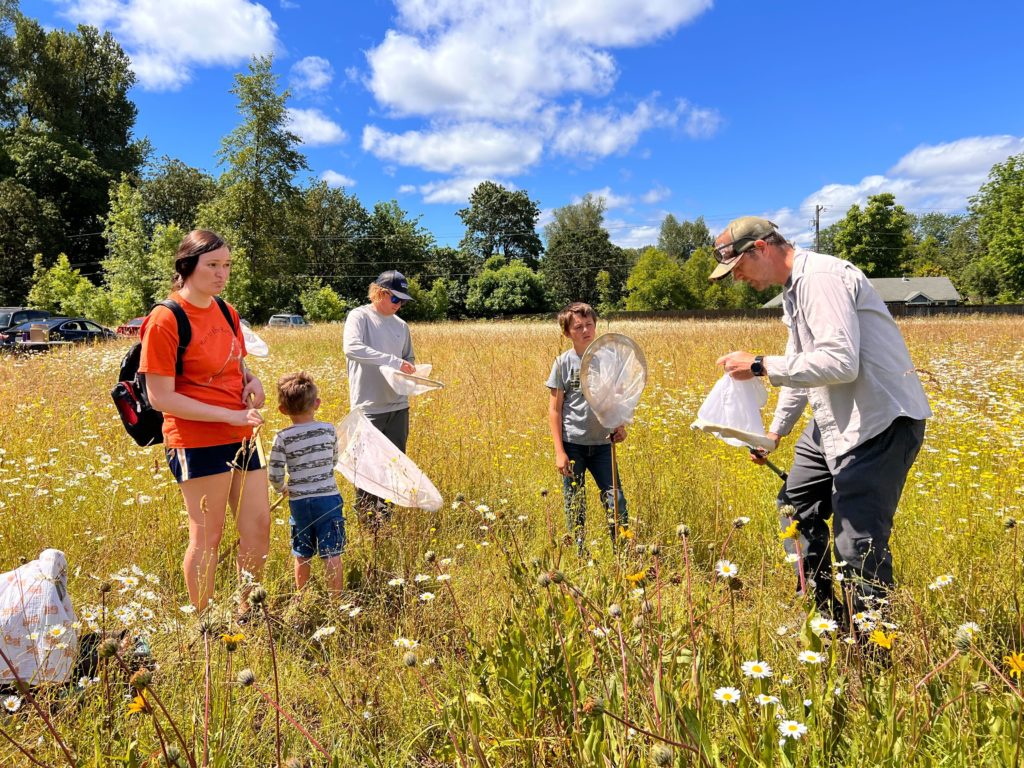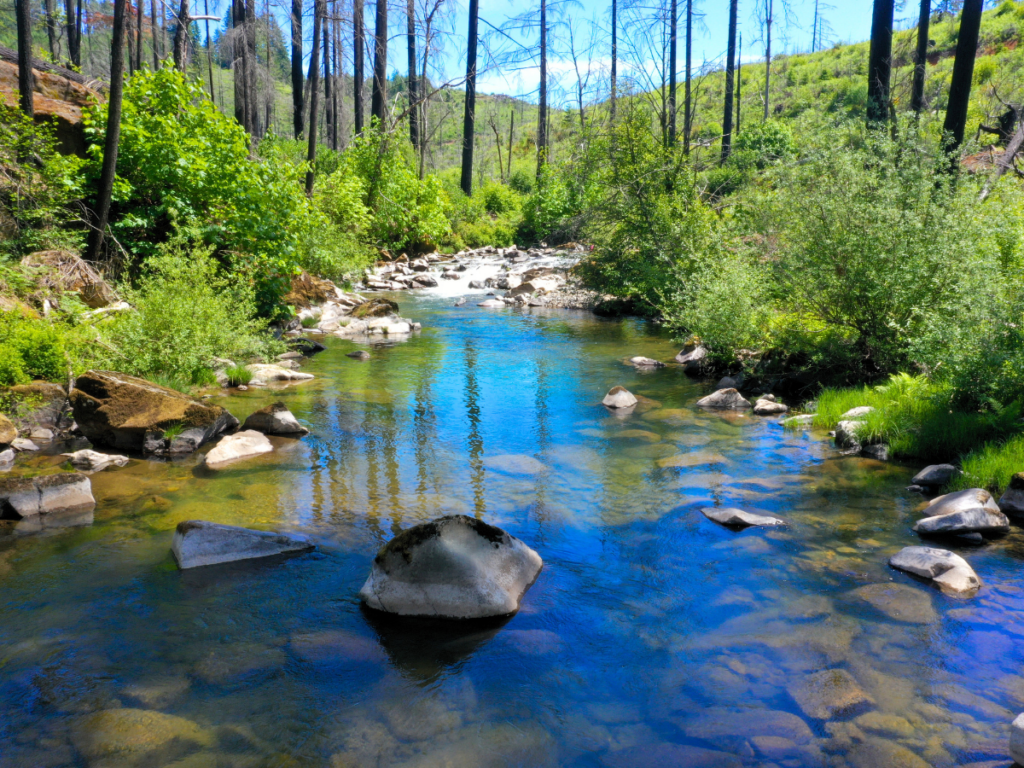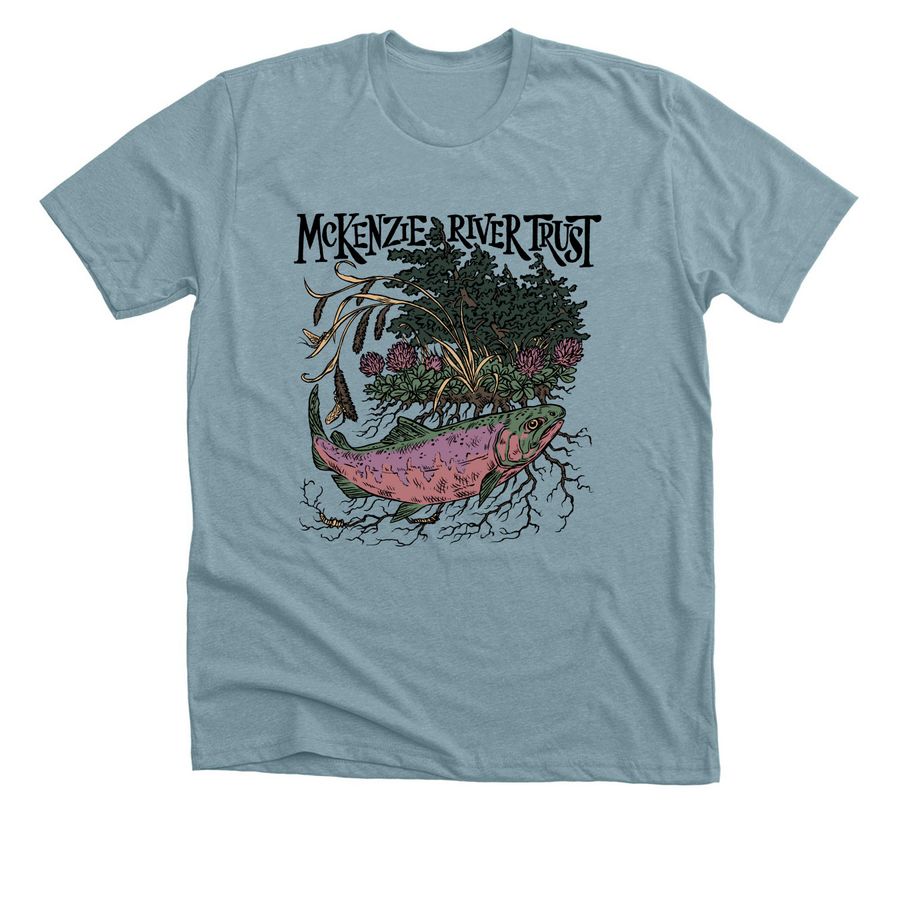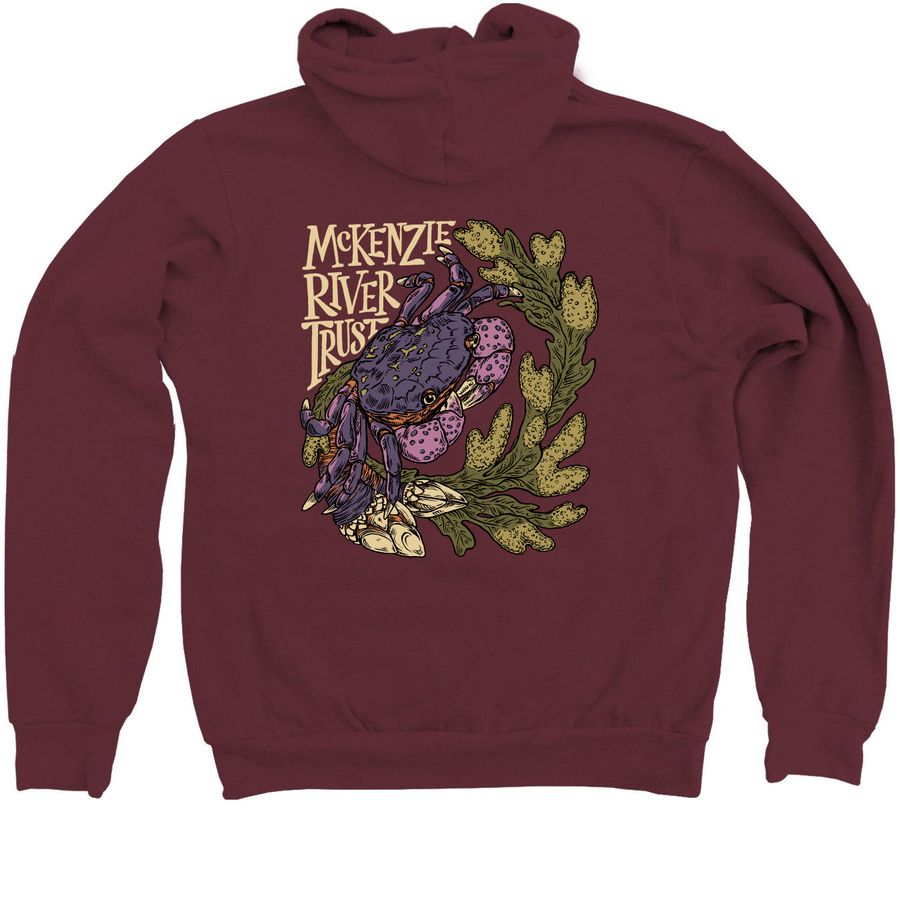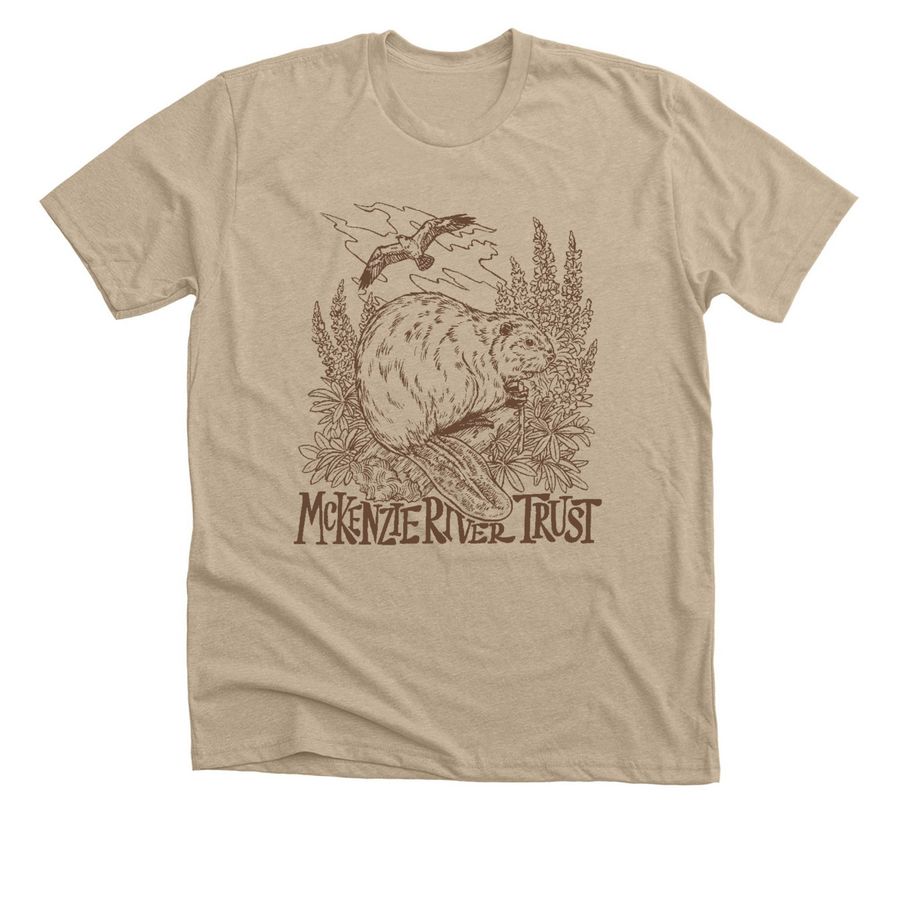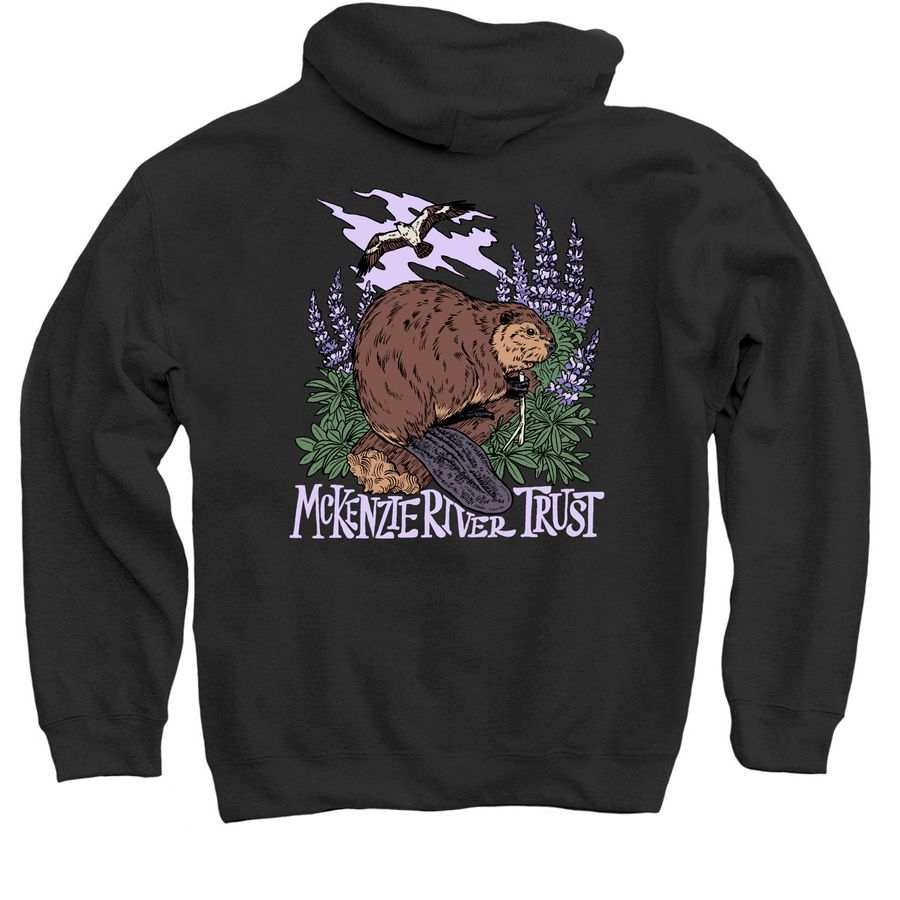In many instances, the most effective way to bring permanent protection to an important piece of property is to buy it. When the McKenzie River Trust buys the fee title interest in a property, we also take over management responsibility for the property for the long term. This differs from conservation easement properties, where the private landowner maintains all responsibility for land management.
Typically, the McKenzie River Trust works to buy fee title properties that are in close proximity to or have a relationship with other protected properties nearby. These areas with a high level of conservation investment are called anchor sites. Over time, work in these key areas by MRT and our partners can have a lasting impact on habitat and open space connectivity and help relieve pressure on adjacent lands from flooding and other landscape processes.
A conservation easement is one of the best ways for landowners to protect the qualities that make their land special while continuing to own their land.
Easements protect conservation values
Habitat for fish and wildlife, clean water, productive or scenic values are what we call conservation values. A conservation easement is a voluntary legal agreement between a landowner and the McKenzie River Trust that is designed to protect the land’s conservation values.
Generally, easements limit or prohibit subdivision of a property, commercial and industrial activity, and activities that jeopardize the conservation values. In turn, the McKenzie River Trust assumes responsibility for monitoring the property on an annual basis to ensure that the easement is in compliance. Once the conservation easement has been negotiated, it becomes part of the property deed. Conservation easements are perpetual, ensuring that the intent of the landowner who granted the easement is honored, and the fish and wildlife habitat, clean water, and productive natural landscapes on the property are protected forever.
Conservation easements are tailored to each landowner’s needs, so no two easements are the same. For example, a landowner might want to forbid future subdivision or residential development while retaining the right to grow crops, graze animals or cut firewood. An easement may apply to an entire property or only a portion of the property, and need not require public access. For the McKenzie River Trust to work with a landowner, the conservation easement also needs to fit with our organizational mission and objectives.
Is a voluntary conservation easement right for you?
Here’s what you need to know:
- A conservation easement is a voluntary legal agreement between a landowner and a nonprofit land trust – like the McKenzie River Trust – or a government agency that permanently limits certain uses of land in order to protect important conservation values such as water quality, fish and wildlife habitat, and scenic open space. The landowner continues to own the underlying property.
- When you sell or donate a conservation easement to a land trust like MRT, you agree to give up some of the rights associated with owning land. Conservation easements can vary widely, but in all cases, future owners of the property also will be bound by the easement’s terms. The land trust is responsible for making sure the terms of the agreement are followed.
- A conservation easement allows you to continue to own and use your land and to sell it or pass it on to the next generation. By limiting the land’s development potential, the easement can lower your property’s appraised value. Consequently, a conservation easement can lower estate taxes and can make you eligible for a special property tax assessment from the state of Oregon.
- Most land trusts ask conservation easement donors to make a financial contribution to assist with the costs of monitoring and enforcing all of the land trust’s conservation easements in perpetuity.
Learn more
There are many good online resources about Conservation Easements. Here are a few that help answer frequently asked questions.
Donating property or easements for conservation is one of the most lasting legacies a person can leave to future generations.
A landowner may donate land for varying reasons: the landowner may not wish to pass the land on to heirs, the property may no longer be in active use or the owner might want or need to be relieved of the responsibility of managing and caring for land. On the financial side, a property‘s value may have increased dramatically, or the landowner may have other real estate holdings and may wish to reduce their estate tax liability. Landowners should consult their tax advisor and/or estate planner regarding the financial implications of any land transaction.
For many landowners whose primary concern is seeing the land protected forever, a donated conservation easement can be a great solution. If a donated conservation easement benefits the public by permanently protecting important conservation resources and meets other federal tax code requirements, it may qualify as a tax-deductible charitable donation. The amount of the donation is the difference between the land’s appraised value with the easement and its value without the easement.
A conservation easement or land donation requires not only a willing donor, but a qualified conservation organization like MRT to accept the donation. The donation must closely fit our charitable mission of protecting special lands and the rivers that run through them to ensure clean water, abundant fish and wildlife habitat and productive natural landscapes in western Oregon.
If the Trust accepts a donation of property because of its ecological and conservation values, it will be protected and managed by the Trust in perpetuity. Although the focus of McKenzie River Trust is on land conservation, other types of properties can also be donated, with the understanding that the organization may sell the land to support conservation work in our priority areas.
